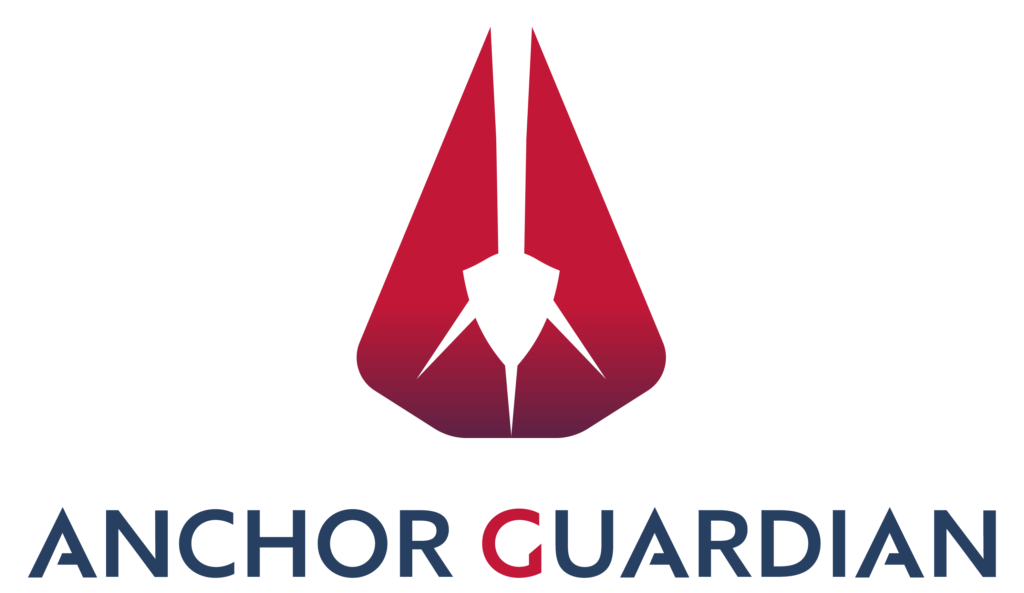The global maritime industry relies on human judgement and the best technology existing to minimize harm to person and the environment. As we all know however, human judgement is flawed and when it comes to anchoring technology, very little has changed over the years. Captains have been using the same tried-and-true methods for centuries. This comes with consequences.
According to figures we have collected over the years1, there are annually ~28,000 casualties, 7,500 losses and >$650m in claims due to anchor drag/loss incidents.
Early in 2023, CHIRP (Confidential Human Factors Incident Reporting Programme) whose mission is to “Improve safety at sea worldwide through their confidential and independent reporting programme“ released their first Superyacht FEEDBACK Newsletter. Readers were asking for specific focus on safety issues encountered on board superyachts. Human error causes accidents but very often the stories are buried or thankfully “forgotten” as to not damage names or careers. The beauty of CHIRP is that all reports are anonymous, fostering a culture of learning, reducing stigma and facilitating systematic analysis, while protecting privacy. It has gained a strong following over the last 12 months.
The January 2024 issue relayed a Near Miss situation because of a dragging anchor. The storyline was eerily familiar beginning as anchoring incidents often do:
In this incident, a large yacht was anchored in a confined area with other yachts when a sudden squall with strong winds struck. The anchor chain stretched, and the yacht began to drag the anchor…
As the report continues, “the bridge team was startled into taking action without ensuring” safety for other crew members and passengers alike. For every near miss taking place, there are probably at least another 10 one never reads about. Awareness is building to implement solutions which prevent recurrence and foster a culture of learning and safety.
A dragging anchor, however, does not only endanger people, it leaves devastation in its path for marine life below. According to the Mediterranean Posidonia Network, 10% of the Mediterranean Posidonia have disappeared over the years due to human activities including anchoring. If you consider these meadows bring in over €100’000 per hectare every year, and their incredibly slow rate of growth (only 1cm per year), the increase in regulations put out by many Mediterranean countries is understood. It is becoming increasingly difficult for yachts, fisherman and ships alike to anchor where and as they please.
Early this month, the Environmental Crew Guidelines were officially launched, “marking a pivotal moment in steering the yachting fleet toward more sustainable practices. This comprehensive guide, highlighting best practices written for-and-by crew, offers information and inspiration for eco-friendlier behaviour onboard yachts.” The need is there and considering the large number of companies involved in its inception, the tide seems to be turning towards a more sustainable and caring approach to business. Yes, the industry has a bad image, but more importantly players understand the urgency of protecting the environment they come to enjoy on a daily basis.
Approximately 33% of a yachts time is spent while on anchor, according to a study by the Yacht Environmental Transparency Index which means solutions must be found.
As the number of yachts grows on the ocean, so does the impact left behind. The pressure is growing for countries, environmental organisations, industry, owners…all stakeholders…to look at anchoring procedures and the technologies used to bring an ancient craft into the 21st century.
DNV, one of the leading classification societies in the maritime industry, put out a study in 2016 around anchor loss for merchant ships. Damage and claims statistics show a high damage ratio due to anchor loss which consequently lead to collisions, groundings and oil spills. The average insurance claims are rated as one of the top 5 incidents.
To provide just one recent well-documented example, the oil spill off the coast of California in 2021 settled for $95M in damages end of last year. The ships were caught up in a slow-drag scenario over a clearly marked San Pedro pipeline and the company owning the pipeline failed to follow protocols resulting in the disaster.
Cargo ships pose challenges in terms of halting or maneuvering swiftly, underscoring the vital role of early warning systems and the capacity to respond promptly to avert critical situations.
It isn’t a question of whether people will continue to make mistakes, but whether we can learn from those mistakes to make life safer for those both above and below the water’s surface. The pressure is building from all sides. Why not combine our capacity to learn with our capacity to create new solutions bringing smart change.
A final thought from Nicolas Pilcher / Senior Advisor, Marine Biodiversity, National Center for Wildlife:
“I think that ethically, morally all of us that live on this planet are bound to protect the species we coexist with. The majority of people can get their heads around tigers, elephants and giraffes but I think there is a big number of people who struggle to picture the complexity, diversity and majesty of an ocean and the species that are in it.”


